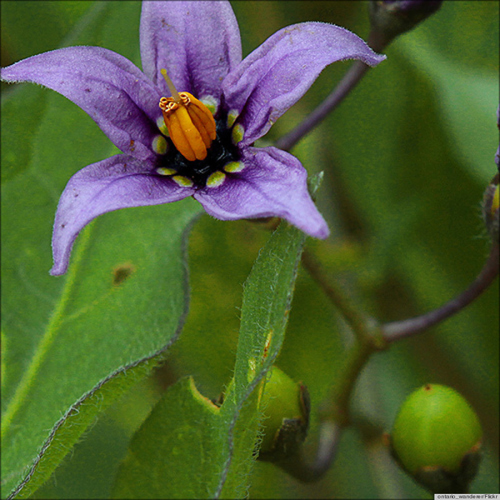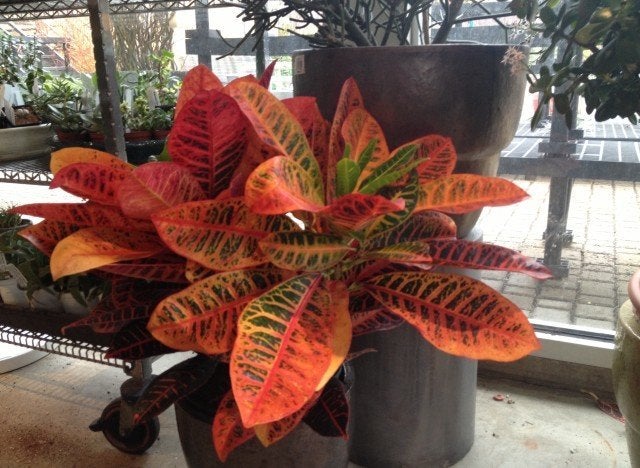For this week's Sprout Home, expert Tara Heibel is answering common questions about nightshades. Find out what this plant is all about.
Q: So... nightshade, what is it?
A: Nightshade refers to an incredibly large and diverse group of perennial, biennial and annual plants that are part of the family Solanaceae. Major food staples to herbs and spices to ornamental plants and flowers, can be described as nightshades.
Q: I thought nightshade was some kind of poisonous substance that people in the middle ages used to knock-off rivals. Why is nightshade commonly identified with apothecaries and witchcraft?
A: The nightshade family is also comprised of many poisonous plants, like mandrake, belladonna and henbane. Plants such as these have long been considered powerful medicines, poisons and hallucinogens and were used throughout Europe in the Middle Ages. But aside from a few bad seeds, this family has a great deal to offer and humans have been cultivating plants from this family for thousands of years.

Q: What kinds of Nightshade plants have people been growing for their own use?
A: The list is long and diverse. I'll try to be both concise and informative. Here goes: Nightshade includes food crops like tomatoes, potatoes, eggplants, bell peppers, chili peppers, and tomatillos and spices such as cayenne and paprika. They are also comprised of more psychotropic plants that humans have used for various purposes for a long time. These include tobacco, datura and morning glory. Ornamental plants like petunias, belladonna and brugmansia are also part of the nightshade family.
Q: Where does the name nightshade come from?
A: The name nightshade is derived from Old English, where it was pronounced nihtscada, and means unrecorded night. This supposedly refers to the effects of the poisonous substances like belladonna and henbane if ingested by people. The Latin name for the nightshade family, Solanum, may refer to the resemblance of some of this family's flowers to sun rays emanating from the center of the flower. It may also derive from the Latin verb solari, meaning "to soothe", in reference again to some of these plant's psychotropic properties.
Q: My mother always told me not to eat the green 'eyes' on potatoes because they were poisonous. Do all nightshade plants contain poisonous substances?
A: The chemical compound in question here is the alkaloid. Your mother was right, in a way, by thinking that potatoes contain poisonous substances, especially in areas that are sprouting and/or green. Alkaloids are present in potatoes, as well as tomatoes, peppers and eggplants, but are present in such small quantities that the medical establishment does not consider them to be harmful, that is unless you have a high-sensitivity to said alkaloids. A bitter taste will often accompany potato parts that are high alkaloids. These can be avoided by simply cutting them out of the potato before you cook them.
For more great ideas, be sure to look through Tara Heibel's "Plant Of The Week" slideshow below.
Have something to say? Check out HuffPost Home on Twitter, Facebook, Pinterest, Tumblr and Instagram.
**
Do you have a home story idea or tip? Email us at homesubmissions@huffingtonpost.com. (PR pitches sent to this address will be ignored.)
